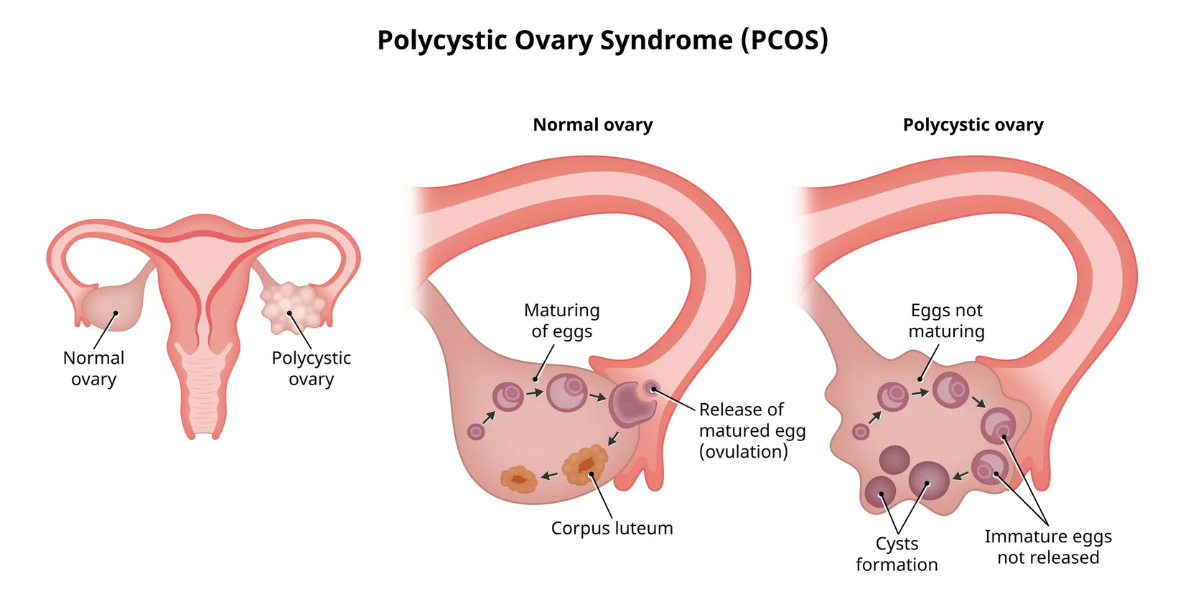
The Truth About Joint Pain and Running
Running is often blamed for causing knee pain and long-term joint damage, but is it really as harmful as people think? Many runners, both beginners and seasoned athletes, worry that the repetitive impact of running might wear down their knee joints, leading to arthritis or chronic pain. However, research suggests that running may actually benefit joint health rather than harm it.
Does Running Really Cause Knee Damage?
One of the biggest misconceptions is that running causes osteoarthritis (OA) by wearing down cartilage—the cushiony tissue between bones that prevents friction. However, scientific studies show that runners are not at a higher risk of developing knee osteoarthritis than non-runners. In fact, some studies suggest that regular runners have healthier knees than those who live a sedentary lifestyle.
So, why do some runners experience knee pain? The issue isn’t running itself, it’s how you run and how you take care of your joints. While running doesn’t directly damage healthy knees, certain factors can contribute to joint pain or injury:
1. Poor Running Form
Incorrect posture, overstriding, or landing with excessive force can increase pressure on the knee joints, leading to pain over time. Working on proper running mechanics, keeping your strides short and landing softly on your mid foot rather than your heel will help you run better.
2. Weak Muscles and Imbalances
Weak quadriceps, hamstrings, or glutes can put extra stress on the knees, causing misalignment and discomfort. The key is to strengthen surrounding muscles with leg workouts, squats, lunges, and core exercises.
3. Running on Hard Surfaces
Pavement and concrete create a higher impact force compared to softer surfaces like grass, dirt trails, or tracks. Here although you cannot be selective about the terrain you run on, investing in a good quality running shoes with proper cushioning will do that for you.
4. Overtraining Without Recovery
Running too much without allowing your body to recover can lead to overuse injuries, such as runner’s knee or patellar tendonitis. Incorporate rest days, cross-training, and other activities like swimming or cycling.
5. Pre-existing Knee Conditions
If you have a history of knee injuries, cartilage damage, or arthritis, running might aggravate symptoms. In such cases, low impact activities might be a better alternative.
Benefits of Running
Surprisingly, running can strengthen the knees and improve overall joint health. One of its key benefits is that it helps strengthen the muscles around the knees, particularly the quadriceps, hamstrings, and calves, which play a crucial role in stabilizing the knee joint. Additionally, moderate running has been linked to improved cartilage health by enhancing its thickness and increasing joint lubrication, which reduces friction and stiffness. Another advantage of running is its role in weight management. Excess body weight puts additional stress on the knees, increasing the risk of joint pain, but running helps maintain a healthy BMI and alleviates this strain. Lastly, running is a weight-bearing exercise that enhances bone density, reducing the risk of osteoporosis and fractures. When done correctly, running can be an excellent way to support joint and overall musculoskeletal health.
Conclusion
Is Running Bad for Your Knees? No, running is not inherently bad for your knees. In fact, when done correctly, it can strengthen muscles, improve joint health, and reduce the risk of arthritis. The key is proper technique, strength training, and injury prevention strategies.






